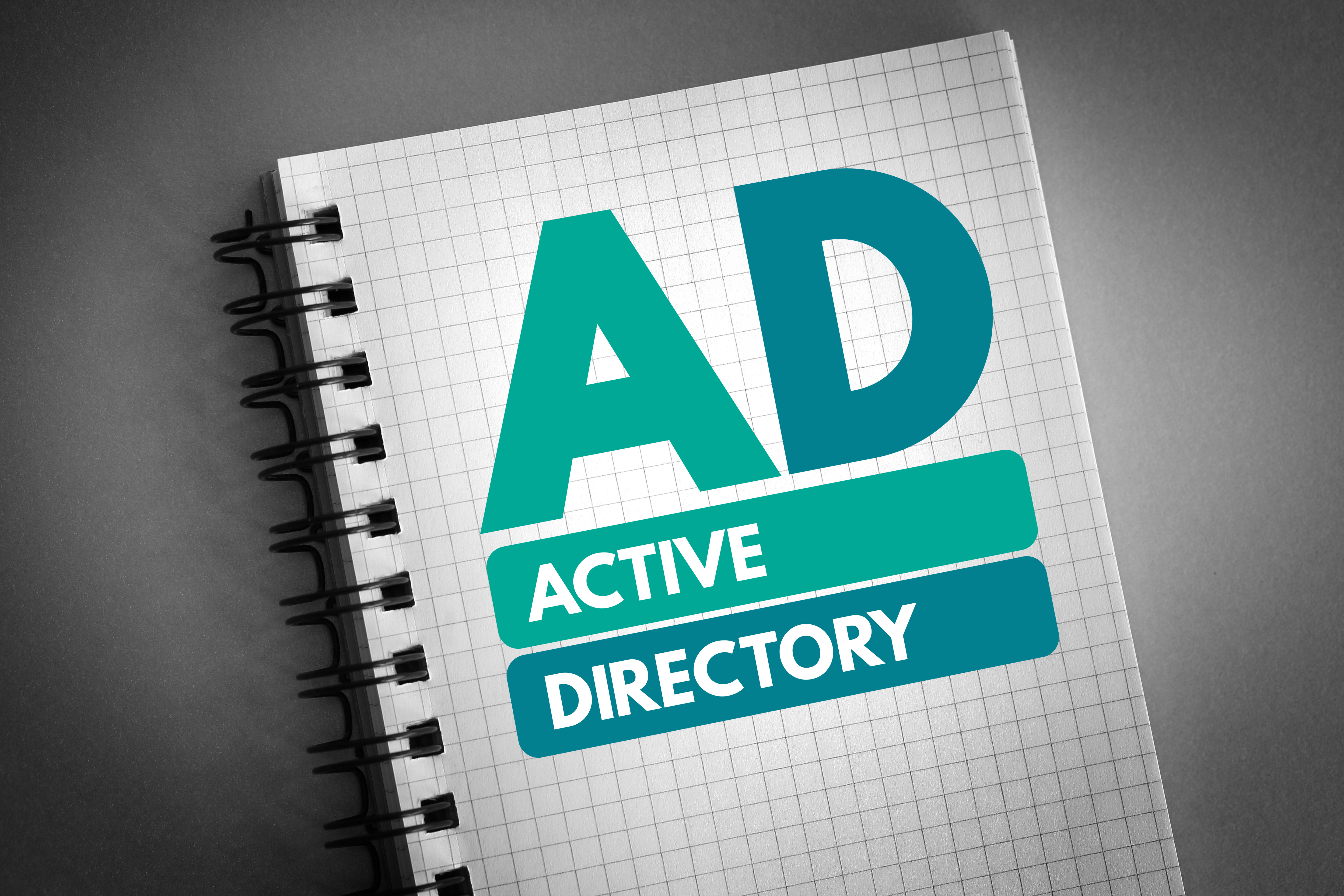DNS delegation architectures for multi-forest environments
October 3, 2025
Multi-forest Active Directory environments rarely fail because “DNS is down.” They fail because the DNS namespace
was delegated without a clear model of authority, replication boundaries, referral behavior, and the operational
ownership that follows. Delegation is not just about who answers a zone; it’s about where the “truth” of a name
lives, how that truth is discovered from other…


